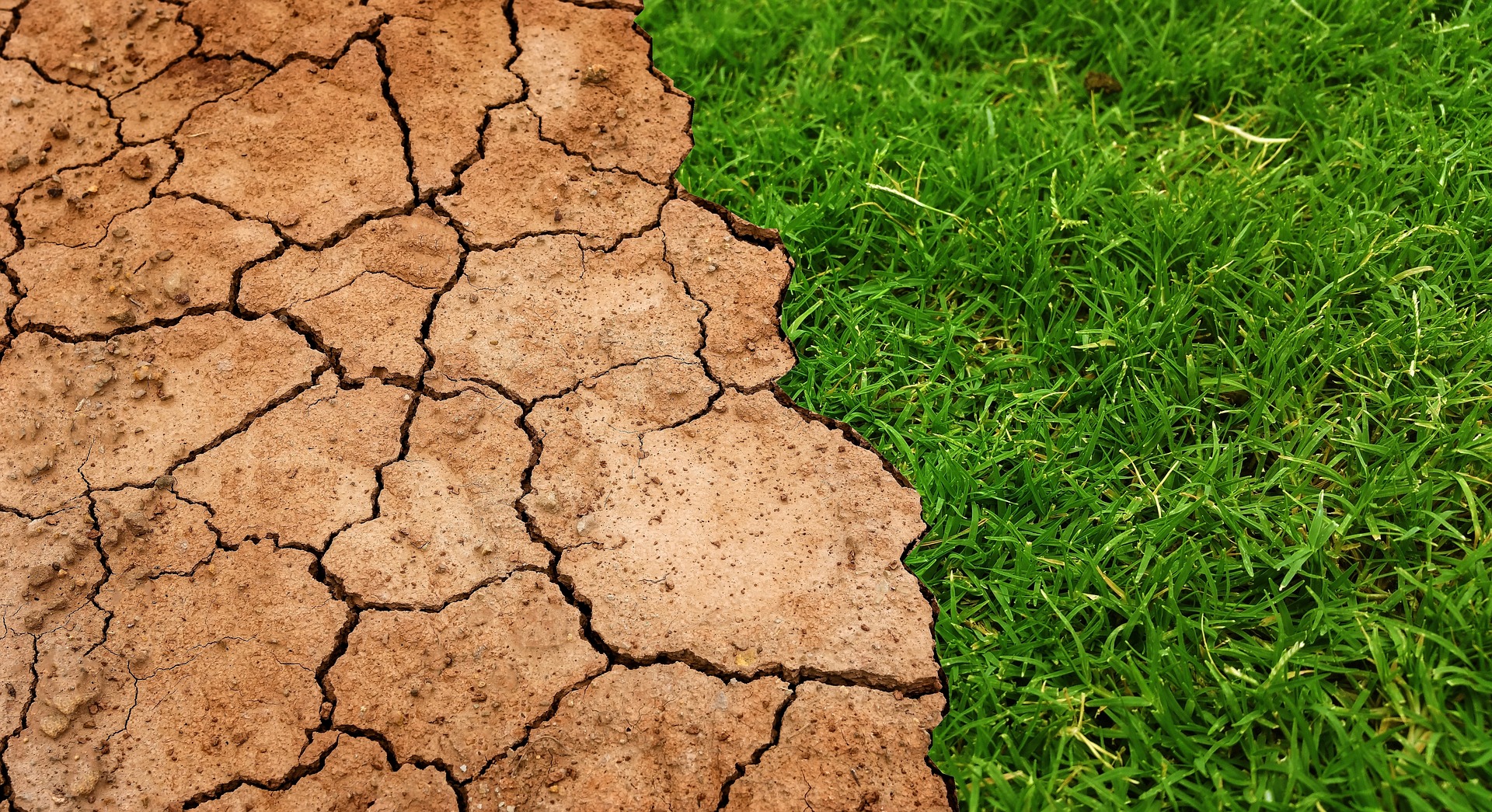Since the 1880s, global sea levels have risen about 21 to 24 cm, with 2021 registering a new high at 9.6 cm, as per NOAA Climate.gov, Science & Information for a Climate-Smart Nation. Last year was a testament to the gravity of the consequences of climate change with the Pakistan floods that took place earlier this year, and the droughts that have hit several countries in the horn of Africa leaving them barren and further driving famine, according to the World Food Programme (WFP). Similarly, temperatures across the European continent reached record highs in the past year.
The MENA region
“We see the impact of the temperature that we are suffering from. At 1.2 degrees, we see all these issues concerning droughts and sea levels rising,” said Executive Director of the International Monetary Fund, Mahmoud Mohieldin at the 11th Annual AmCham MENA Regional Council Conference “Accelerating Green Investments in the MENA Region: U.S. and Regional Partnerships for Growth” hosted by the American Chamber of Commerce in Egypt.
The MENA region is identified as the most water-scarce area with 60% of its people living in high or extremely high water-stress locations. Moreover, climate-related water scarcity is expected to reduce Gross Domestic Product (GDP) by anywhere between 6% to 14% by 2050 according to recent reports, explains Mohieldin. Sea levels are predicted to rise an average of 0.36 meters. Countering this rise would require a big investment, particularly in the coastal areas.
Mohieldin explains that land degradation is another factor that comes as a side effect of climate change, particularly in areas that are dependent on farming and agriculture.
Agriculture, historically, has played a pivotal role in the social and economic sectors of the Middle East with a reliance on livestock and the production of grain, vegetables, and fruits, as per an article published by Washington-based Middle East Institute MEI@75, in 2021. However, agriculture both contributes to and can mitigate climate change, as 14% of greenhouse gas emission comes as a result of the sector, as per a report released by the Food and Agriculture Organization of the United Nations (FAO) in 2008.

The effects of climate change on agriculture are the reduction of crop yields, the diminishing of the quality of grains, and the decrease of livestock, the World Bank said. However, agriculture is seen as a mitigator of the climate change crisis as it’s a source of food and nutrition security. By combining innovative technology and sustainable agricultural methods, agriculture is capable of circumventing climate disasters.
“The financing for the climate is still very much dependent on debt. Globally, more than 62 % of finance is coming from debt instruments. In developing economies, the ratio is even higher than that,” Mohieldin notes.
Sustainable transition
Mohieldin cites three important factors in the battle against climate change: Technology, finance, and leadership. Egypt’s agritech sector has been growing over the past few years with the country launching “Agritech Meet Egypt 2022”, which took place in May of 2022. Coming in collaboration with the Ministry of Communications and Information Technology (MCIT) and the International Fund for Agriculture Development (IFAD), the Ministry of Agriculture and Land Reclamation, the Ministry of International Cooperation, and the Ministry of Social Solidarity, the event spotlighted the advancements in artificial intelligence (AI) and innovations within the agriculture sector, as per a post on the Ministry of Communications and Information Technology’s official website.

In Egypt, the east of the country in Zaafran is considered as having one of the largest and most effective wind farms in the region. Moreover, Benban, located in the south, is home to one of the biggest solar farms coming fourth only behind India and China. Both these projects have come to fruition as the result of adequate financing, technology, and innovation.
Where does the MENA region go from here?
The region gets between 22 to 26% of global energy which could meet about 50% of global electricity, according to Mohieldin.
“75% of the MENA region has an average windspeed that exceeds the minimum threshold for utility-scale wind farms. So, the opportunities when it comes to solar and wind [advancement] are enormous within the region. Green hydrogen, from Mauritania to Morocco, Egypt, and more recently Saudi Arabia, Omar, the United Arab Emirates is a sector that has a very ambitious project,” concludes Moheyldin.
Mohieldin hailed the efforts by COP27, which was held in Egypt, and saw the set-up of a loss and damage fund for the developing countries that are most affected by climate change disasters.
“It took matter from a holistic perspective. It wasn’t about mitigation alone or adaptation alone; the whole sustainability agenda wasn’t just reduced to a matter of decarbonization,” he adds.







